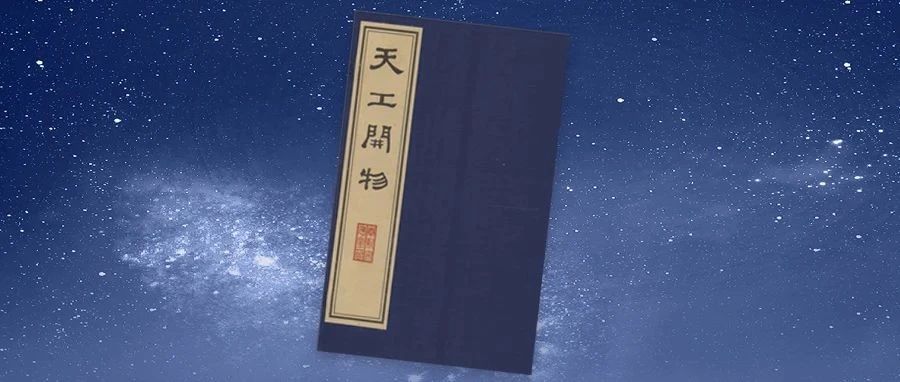The program is called “𝐓𝐢𝐚𝐧𝐠𝐨𝐧𝐠 𝐊𝐚𝐢𝐰𝐮” (天工开物) after one of the world’s first science encyclopedias, Tiangong Kaiwu, a Chinese masterpiece assembled by Song Yingxing and published in May 1637. The book delves deeply into numerous technical topics, including employing various gunpowder weapons.
Wang Wei, a Chinese Academy of Sciences academician and the Research and Development Department director at China Aerospace Science and Technology, laid out the Tiangong Kaiwu space program details on August 31:
Establishing water and ice resource exploitation facilities on the Moon, near-Earth asteroids, Mars, main-belt asteroids, and Jupiter satellites; constructing a supply station network spanning Earth to Earth-Moon L1, Sun-Earth L1/L2, Sun-Mars L1/L2, Ceres, Sun Jupiter L1. The system will be used to explore and develop space resources throughout the solar system.
Space resources exploitation infrastructure like supply stations, transit channels, outer space mining stations, processing facilities, and low-cost return channels are all on the drawing board. China’s commercial space resource exploration and development network will take shape due to the construction of such facilities, with planned missions including mining asteroids in the central belt and exploring new planets.
The plan’s ultimate goal is to advance China’s technology in the areas of access to space, transportation, supply, mining, and processing of resources.
Chinese researchers offer a four-stage goal for achieving leapfrog development: “exploration,” “mining,” and “utilization,” with target years of 2035, 2050, 2075, and 2100, respectively.



[why is New Journey playing in my head when reading this]
A YouTube link was detected in your comment. Here are links to the same video on Invidious, which is a YouTube frontend that protects your privacy: